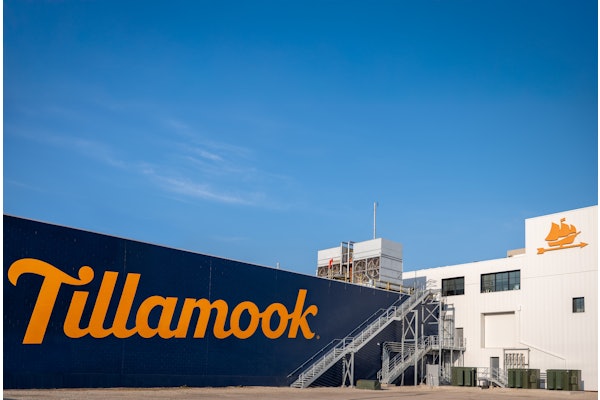In an interesting report on code-dating of food packaging, a Canadian reporter provided some details about how companies deal with codes that may say as much about the companies as it does about how they compute those code dates.
In essence, the article examined how the Canadian public viewed package dating, and how the retailers selling those products dealt with products that were code-dated.
The article discussed how a major Canadian supermarket chain donated out-of-code packaging to charitable organizations. The companies cited in the story were Whole Foods Markets, a chain of retail stores, and charity Second Harvest, which distributes food products, and probably other items, too, to people in need. Unlike so many stories about charities these days, this article did not in any way take issue with Second Harvest's techniques.
But it revealed some concepts about code-dating by manufacturers that were interesting.
What made me read through the piece was its slant on the “Quality vs. Safety” angle when it comes to food packaging. The article implies, but does not say explicitly, that perhaps Canadian consumers pay more attention to “pull dates” than do consumers elsewhere. European consumers may buy a bruised apple and then cut out the bruise, notes a retailer. “Canadians won't even buy that bruised apple,” he adds. “And that means more waste.”
Another point that's impossible to ignore in this article is that many of these food packages may be marked to show “best-before” dates that relate more to product “quality” than safe consumption of it. In other words, many companies date packages for periods of time that coincide with optimal quality, instead of a point in time where the consumption of the product may become questionable or unsafe.
“Consumers don't realize [that best-before dates] is not about food safety, but food quality,” said Phyllis Tanaka, director of food and nutrition policy at Food & Consumer Products in Canada. Nestlé, for example, employs a sensory panel, a group of food experts, to determine when the food no longer meets the quality test. But, adds a spokesperson, “it's still safe beyond that date.”
Packaging technology has helped, too. Thanks to new packaging technologies like filtering, the shelf life of milk has increased by 15 days over the last decade. Yogurt containers are back-flushed with CO2 to remove oxygen in the headspace, thus prolonging their shelf life. And, frankly, that's a point that a lot of North American consumers may not understand. While “best-before” dates may indicate a product's top quality for major companies like Unilever and Nestlé, it may not always be true of another food processor located down the block. At Whole Foods, more than 90% of the store's products, about 20ꯠ different items, have a best-before date. If the product isn't sold by then, it has to be removed from the shelf.
This is why a number of supermarket companies elect to donate out-of-code packaging to food banks like Second Harvest that serve the needy. Only about 5% of the products can be returned for a credit, notes a retail manager. “For the rest we get nothing,” he says. “It's a cost of doing business.” Many packages, as they approach the “best before” date, are heavily discounted, prior to being donated.
So donations of items that exceed the “best-before” date are still safe, and beneficial to the recipients. However, at least one major retailer in Canada found a way to benefit from its donations. When this company dramatically reduced its food orders, its food donations to charity dropped rather substantially. What caused the retailer's improvement in inventory control? According to the report, the retailer used the monthly report from the charity to chart the foods it had donated. Thus, it reduced the size of its orders for those products that originally triggered the donation to the charity.
See an archive of Arnie Orloski's Pipeline columns at www.packworld.com/pipeline. Arnie can be reached at [email protected].


















